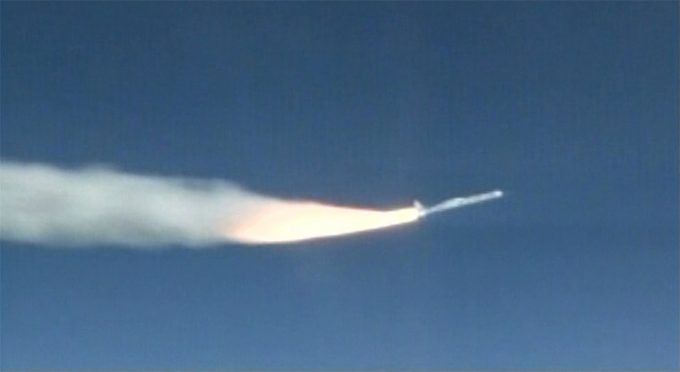CYGNSS Microsatellites put in orbit to keep an eye on hurricanes
NASA has put some microsatellites into orbit to make a new constellation called Cyclone Global Navigation Satellite System mission or CYGNSS. The microsatellites were put into orbit at 8:37 a.m. EDT on December 15 using an orbital ATK Pegasus XL rocket. This wasn't your typical launch where the rocket stands on a launch pad and soars into orbit under its own power.
The launch used the Orbital L-1011 aircraft called Stargazer that took off from Skid Strip runway at Cape Canaveral Air Force Station in Florida. Once aloft the rocket was dropped from the aircraft at 39,000 feet above the Atlantic ocean.
"The deployments looked great — right on time," said John Scherrer, CYGNSS Project Manager at the Southwest Research Institute and today's CYGNSS mission manager. "We think everything looks really, really good. About three hours after launch we'll attempt first contact, and after that, we'll go through a series of four contacts where we hit two [observatories] each time, checking the health and status of each spacecraft," Scherrer added.

Stargazer was followed by an F-18 chase plane from Armstrong Flight Research Center in California to provide the visual contact and video of the Pegasus XL rocket and carrier aircraft. NASA notes that 13 minutes after launch the first pair of CYGNSS microsatellites deployed with the remaining satellites releasing in pairs every 30 seconds. NASA expects the satellites to be operational in time to monitor the 2017 hurricane season.
